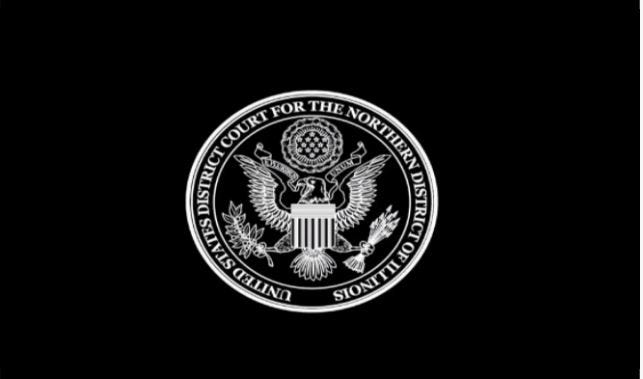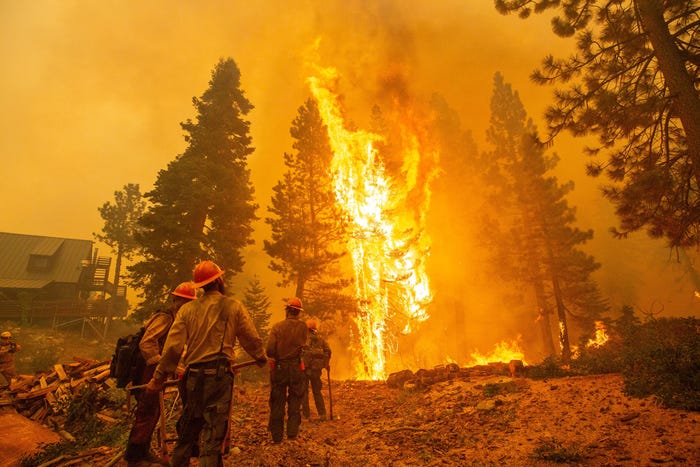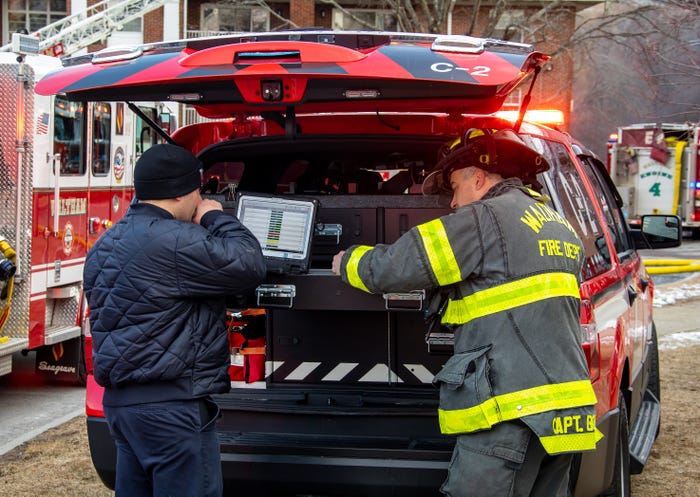Updated: PSCR gets new support from NIST as current federal funding set to expire in fall

[Editor’s note–This article has been updated to reflect that NIST will provide base funding for about two dozen PSCR researchers.]
SAN DIEGO—Public Safety Communications Research (PSCR) will see its primary $300 million allocation from Congress expire this fall, but at least a portion of this money will be offset by new funding from the National Institute of Standards and Technology (NIST), according to PSCR Division Chief Dereck Orr.
Orr made the announcement yesterday during remarks provided during the opening session of the PSCR 2022 Annual Stakeholder meeting in San Diego. Although PSCR has been a division of NIST, PSCR has been funded recently by a $300 million allocation from Congress—approved in the 2012 legislation that created FirstNet, with the money becoming available in 2016—that expires on Sept. 30.
Faced with the possibility of the PSCR program being decimated by a lack of funding, Orr described the new funding commitment from NIST as “exciting news” for the future of PSCR.
“Traditionally, we have not been funded by NIST,” Orr said. “We have been funded by other agency partners for all of these years, until we received the $300 million. The $300 million has funded us for this period of time, and we weren’t quite sure what was going to happen when the $300 million expired on Sept. 30.
“Well, NIST stepped up and provided us—for the first time—base funding to support the program, to support about a dozen researchers permanently to ensure that some core activities in the areas that we have focused on continue.”
On Friday, a PSCR spokesperson clarified that NIST will provide base funding for “about two dozen researchers” in an e-mail provided to IWCE’s Urgent Communications.
Orr noted the efforts of Marla Dowell—director of the Communications Technology Laboratory and the NIST Boulder Laboratory—to help secure the new funding for PSCR.
“Marla was tireless in really pushing NIST to step up and fund this program [PSCR] that’s been so successful and that NIST has gotten so much attention for, and ensuring that it could continue into the future,” Orr said.
“In fact, NIST has made it one of its top priorities to seek additional funds, so that we can continue things like prize challenges and grants into the future. So, fingers crossed—it literally will take an act of Congress—but hopefully in the future, that will occur, as well. But I’m very happy to say that we’re not going anywhere, and we will continue to be working with you to see this work advance.”
Even if NIST is unable to make new money available for prize challenges and grants, PSCR will continue to see this work being pursued in some areas, according to Orr.
“We have prefunded a few things ahead of time. Over the next two to three years, we have several areas of research and activities that will continue, because we funded them now, but they will actually execute over the next two years.,” he said, noting recently announced initiatives with Indiana University, Nemergent, and George Mason University.
“And we expect to have an additional handful of grants announced over the next couple of weeks. All of these grants will keep going for the next two to three years, and this research will continue on.”
But PSCR likely will face a very different funding environment than it has in recent years, when it was able to leverage the $300 million allocation in its program to fund operations, research, grants and prize challenges that are designed to explore potential methods that technology can be used to support public-safety responses. As well as additional support from NIST, this outlook could change dramatically, if PSCR was designated to provide research support for another public-safety initiative—a role proposed in some versions of recent next-generation 911 (NG911) funding legislation that have not been approved to date.
A recent study showed that the economic output from the $293 million that PSCR had expended at the time of the study had generated an economic output of $681.7 million that was felt in 31 of the 50 states in the U.S.
Congress approved the $300 million in funding for PSCR in 2012 as part of the legislation that established FirstNet, but the money was only made available after FCC spectrum auctions generated enough revenue for fully fund the $7 billion allocated to the FirstNet Authority. PSCR received its $300 million in 2016 and was able to begin leveraging it in its program in 2017, Orr said. This funding expires at the end of the federal fiscal year, 10 years after Congress approved the legislation.
“This is it,” Orr said during the PSCR 2022 stakeholder meeting. “The legislation was passed in 2012, created FirstNet—which is an amazing success—and provided us with the $300 million that we were able to operate off of over the last 10 years. That [funding] ends on Sept. 30.
“So this is big meeting for us. It’s not just another year of talking about what we’re doing. It’s the year in which we’re talking about what we’ve done, and we’re really excited to share with you what we’ve done and to see what we’re going to do in the future, too.”





